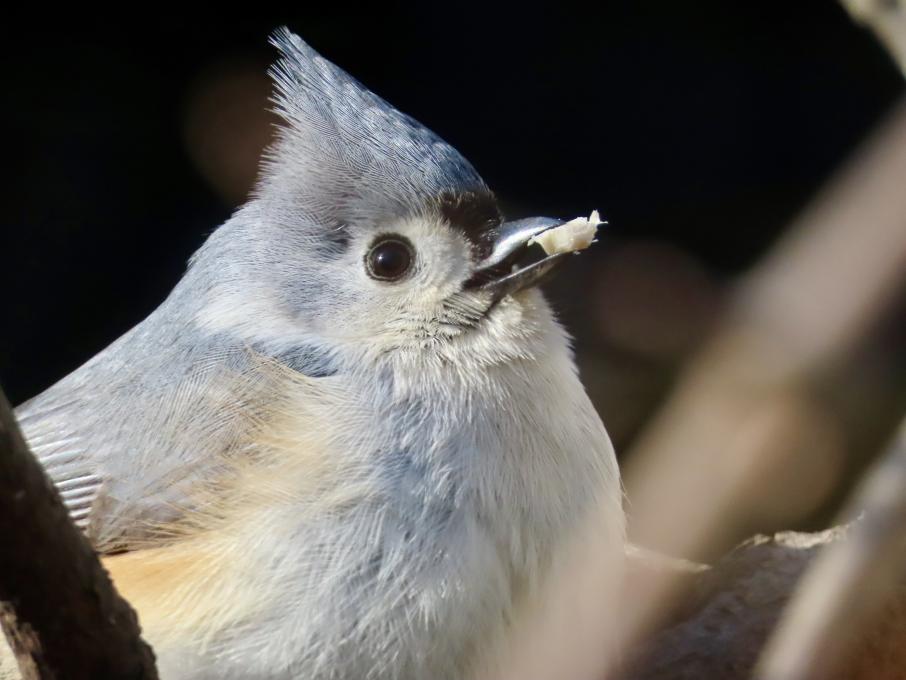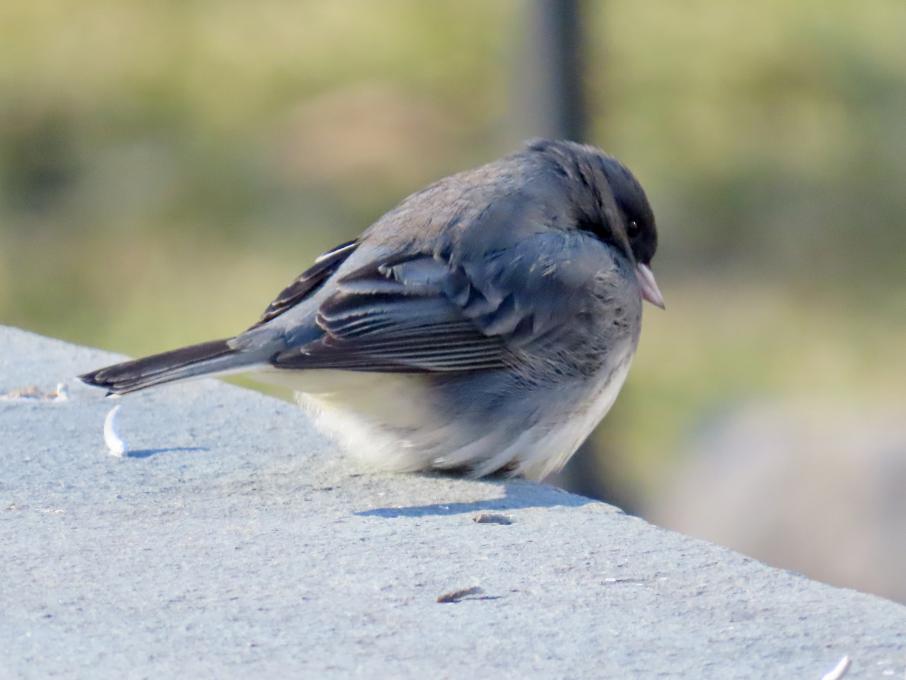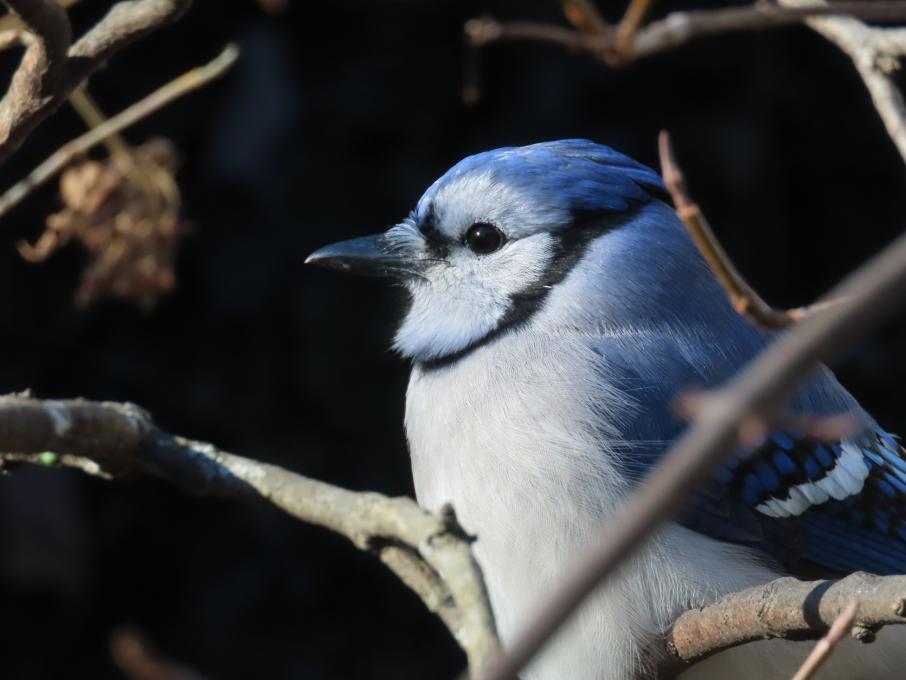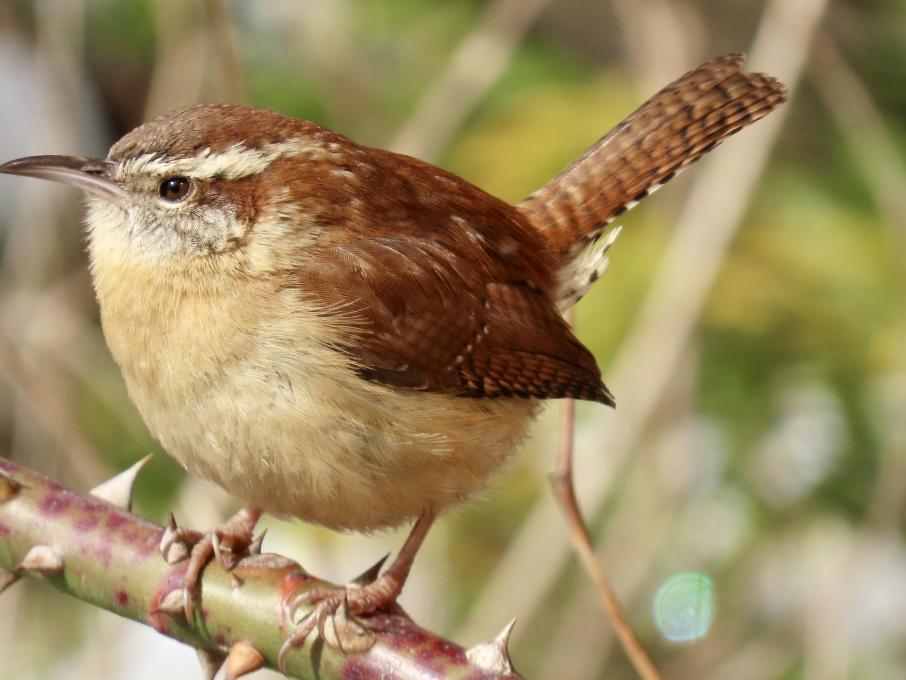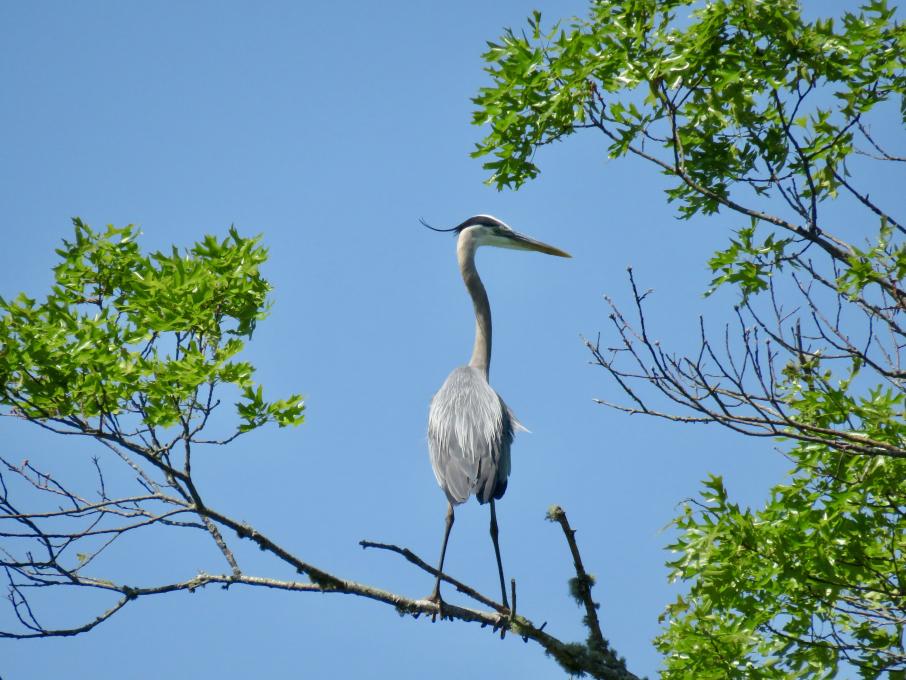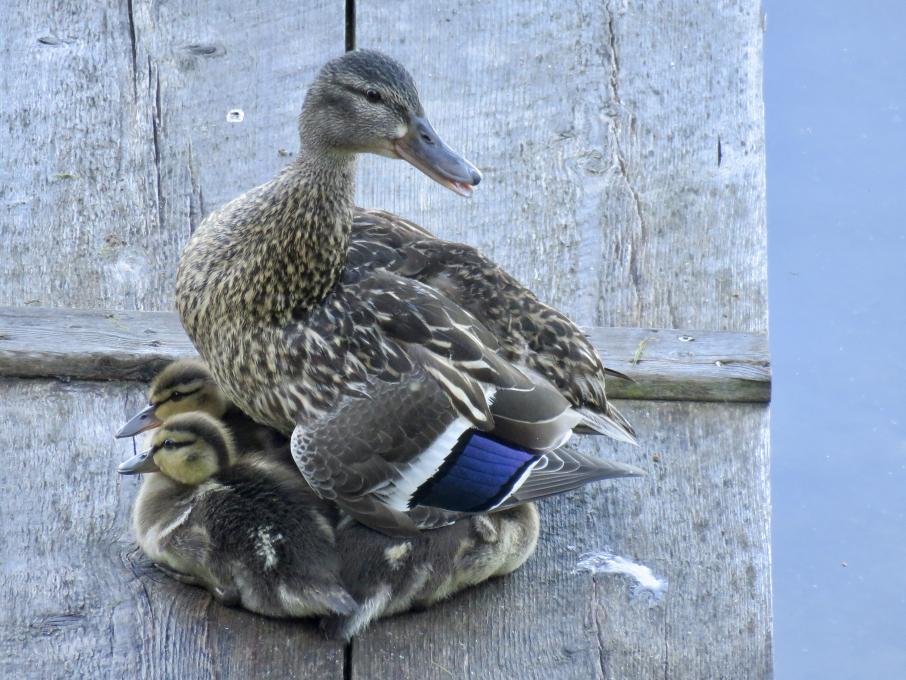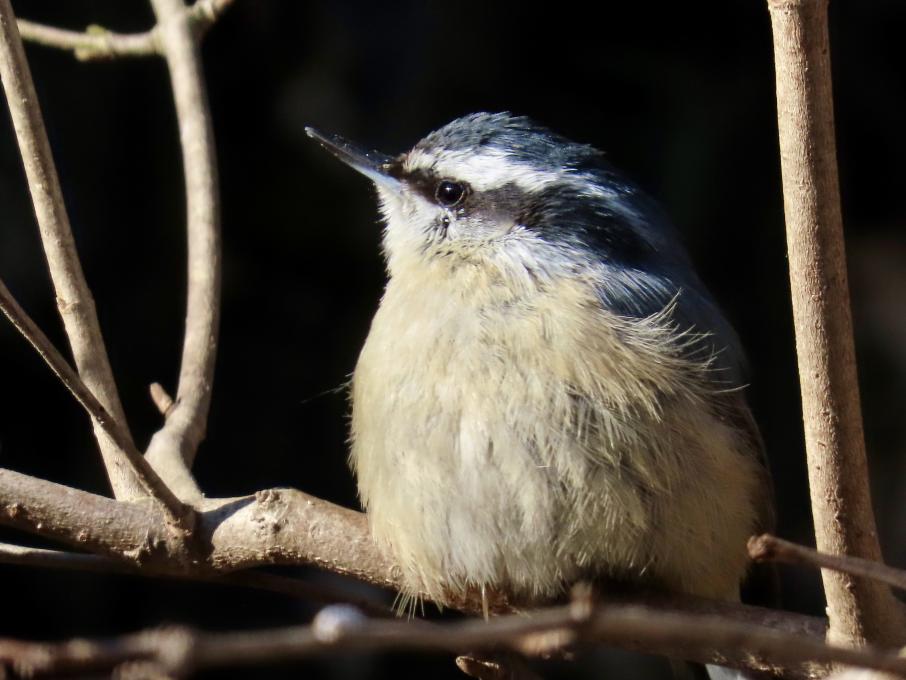Susan
Forum Replies Created
Viewing 3 posts - 1 through 3 (of 3 total)
-
SusanParticipantToday it's snowing so going outside isn't the best plan. I work from home, in my kitchen. I have full view of my feeders and honestly feel like I'm "always" watching. Recently, we had an unusual stretch of sub zero weather, which is very uncommon where I live. I set out with purpose to watch for differences - noting mostly the fluffed feathers of the birds as well as sitting on their feet. My camera sits on the counter by the window and I pick it up several times an hour it seems. I do need to move slowly towards the window as the birds sense movement. These are a few shots I got over those few days. My feeders are surrounded by low bushes and the birds sit in the peripheral trees of the yard to wait for a turn to fly in.


 in reply to: Practice Gaining an Audience with Birds #952699
in reply to: Practice Gaining an Audience with Birds #952699 -
SusanParticipantI've been taking photographs of birds for many years. I'm a backyard birder and have a home on a lake, so I get lots of waterfowl, songbirds and birds of prey. I also live near the ocean, but haven't yet ventured into that kind of photography - hoping to learn some tips, and already have! I have yet to use any blind tools as most of my photos are taken from inside my house through a window. I realize this is a drawback, but I am pleased with my photos. At the lake, I do believe a blind would be helpful, particularly with all the migrating ducks, which are plentiful. My gear consists on my "go-to" Canon Powershot XS-70 and my Canon EOS Rebel T8i. I only have the 75-250mm lens for my T8i at this point, which limits my ability to get close up shots - but it often produces better quality. I look forward to the rest of this course as I struggle with the auto focus at times, which causes me to lose a shot because by the time it finally focuses, the bird is gone. I like the Powershot as the zoom is 21-1395mm, which allows me to not disturb birds if I'm on my dock out on the water. In researching the photos on Macaulay, I found that many of the photos I chose to click on were taken with a bridge camera, so I think I'm in good shape. Blinds and perhaps the device that extends the zoom (forgetting the name as I write) are tools I will purchase.


 in reply to: Practice Matching Your Gear to Your Goals #952621
in reply to: Practice Matching Your Gear to Your Goals #952621 -
SusanParticipantI chose 2 birds to research as one is uncommon and the other rare. Last year I had a Red-Breasted Nuthatch arrive for the first time. He stayed until May. This year, I have 4! 2 pair. I love how tiny they are and how they flit around so very fast. Upside down, right side up - they are quick. I have learned that they are actually an irruption bird for my location. Typically they prefer coniferous forests with hemlocks and pines to suburban New England. I see them go into the hemlocks in my yard when they leave the feeders, but often they will line up, like the Chickadees they usually arrive with, in a dogwood. I've had fun trying to get good photos of them, and look forward to learning more about altering the settings, as I currently use AutoFocus on Canon Powershot SX70. They seem to love the peanuts and seed cylinders with sunflower and cherries. I do believe they may return to the forest in other years if pine cones are plentiful. Highlight of the season was a day that I was re-filling the peanuts and all 4 arrived on my feeder pole - seemingly unconcerned with my presence. The moment was really something. They are tiny. The sound they make is repetitive and "nasal" sounding like "eeeen." The second bird is very rare for New England, and arrived on the last day of the Great Back Yard Bird Count, which I have participated in for many years. After consulting with two naturalist friends, we determined we had a Bullock's Oriole. E-Bird confirmed thanks to the photos I submitted. This bird is also a migrator and is not only not breeding right now, but is way off course. Bullock's are a west coast bird. She was particularly fond of the cherries that are in my seed cylinders, but also dined on peanuts and plain suet. She remained in the yard for several days, but it's been a week now with now sightings. She would leave the feeder and I would find her in deciduous trees near the cardinals. Bullock's orioles like to forage for caterpillars and fruits in the tree canopy - neither of those are yet available here in New England. I hope she has made a journey to some place better suited. Beautiful bird. This is my first course and have already learned a lot! Thank you!


 in reply to: Practice Understanding Birds for Better Photos #952286
in reply to: Practice Understanding Birds for Better Photos #952286
Viewing 3 posts - 1 through 3 (of 3 total)
